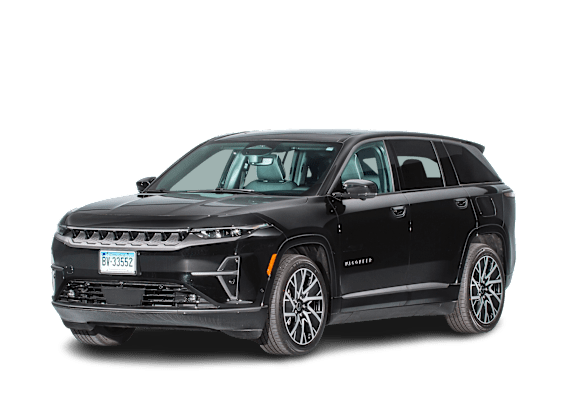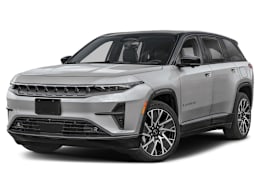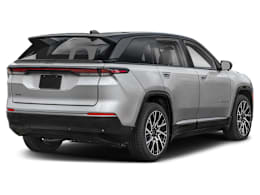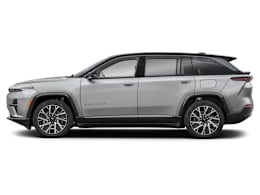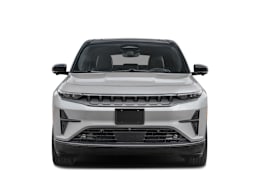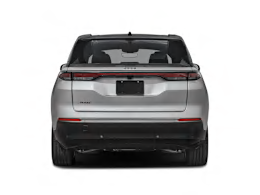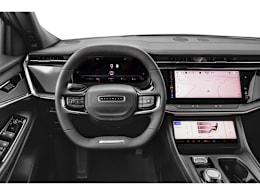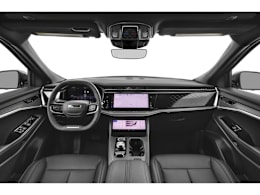Introduction
2025 Jeep Wagoneer S Electric Vehicle Feels Like an Unfinished Product
From the excessive torque steer and unrefined ride to the compromised controls and inconvenient charging system, this SUV fails to match up with its competitorsOverview
The 2025 Jeep Wagoneer S is the brand’s first all-electric vehicle, following the plug-in hybrid electric vehicle (PHEV) versions of the Grand Cherokee and Wrangler.
Although it wears a Wagoneer badge—the name of Jeep’s large SUV—the S is a two-row SUV that’s much closer in size to the Grand Cherokee 4xe. In fact, it’s smaller and has lower capacities than the Grand Cherokee in nearly every measurement except its curb weight, which is 310 pounds more than the 4xe’s.
The technical highlights of the Wagoneer S Limited we purchased include a two-motor all-wheel-drive system that produces 500 hp (400 kilowatts), which Jeep says will propel the SUV from 0 to 60 mph in less than four seconds. The Launch Edition’s dual motors produce 600 hp (500 kW), giving the SUV a 3.4-second 0-to-60-mph acceleration time.
Both versions have a 400-volt 100-kilowatt-hour battery pack that provides an EPA-rated 294 miles of driving range, and can be charged from 20 percent to 80 percent capacity in as little as 23 minutes on a DC fast charger.
Every Wagoneer S comes with all-wheel drive. The Limited trim starts at $65,200, and the Launch Edition at $70,795. While Jeep may not be a luxury brand to every buyer, the Wagoneer S’s price, like that of the Grand Cherokee PHEV, puts it squarely in competition with high-end SUVs such as the Audi Q6 E-Tron, Cadillac Lyriq, and Genesis Electrified GV70, as well as the upcoming BMW iX3. Stellantis—the parent company of Alfa Romeo, Chrysler, Dodge, Fiat, Jeep, and Maserati—also sells the Alfa Romeo Tonale and Dodge Hornet PHEV SUVs, and the Chrysler Pacifica Plug-in Hybrid minivan.
The final assembly point of the Wagoneer S is Toluca, Mexico.
















